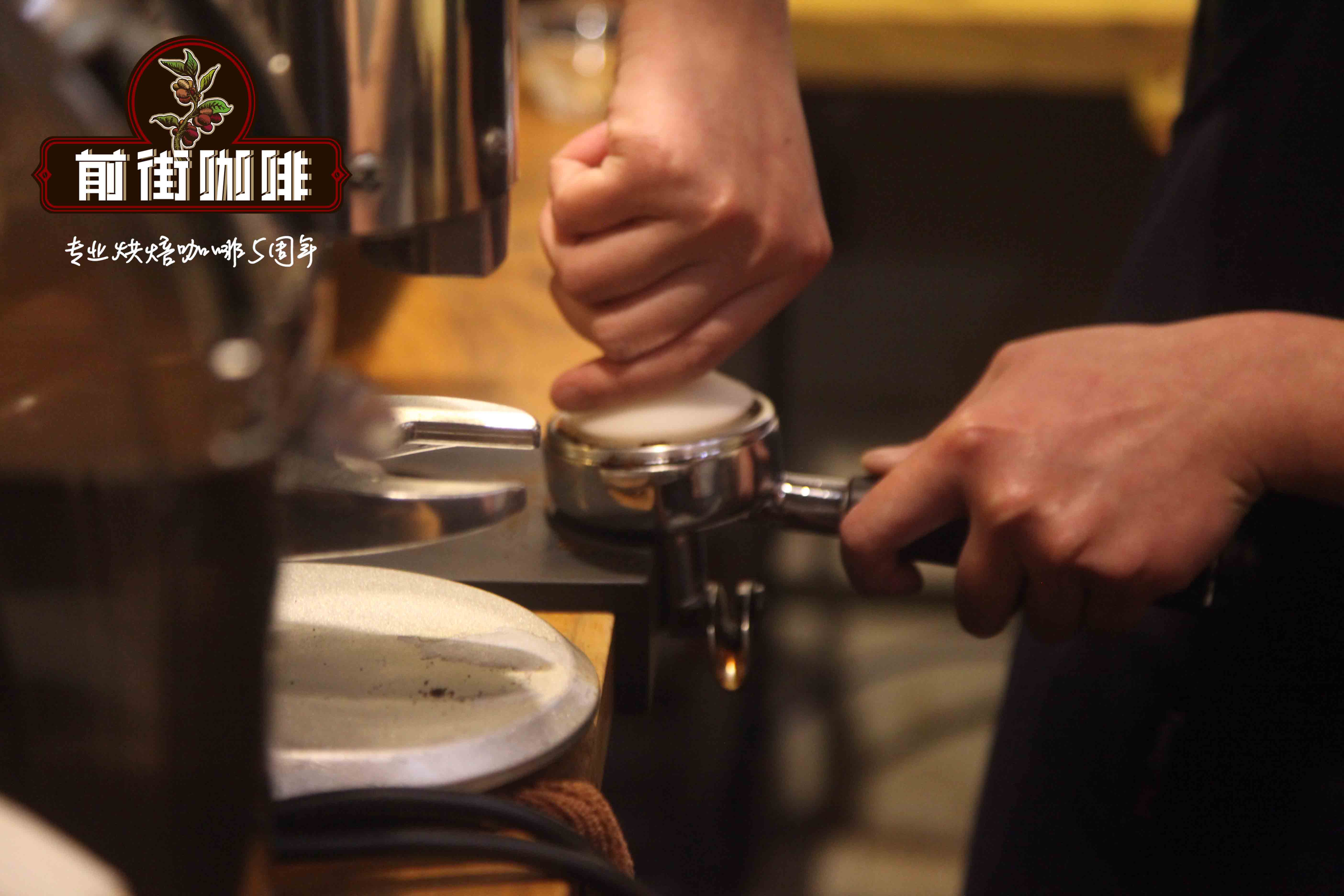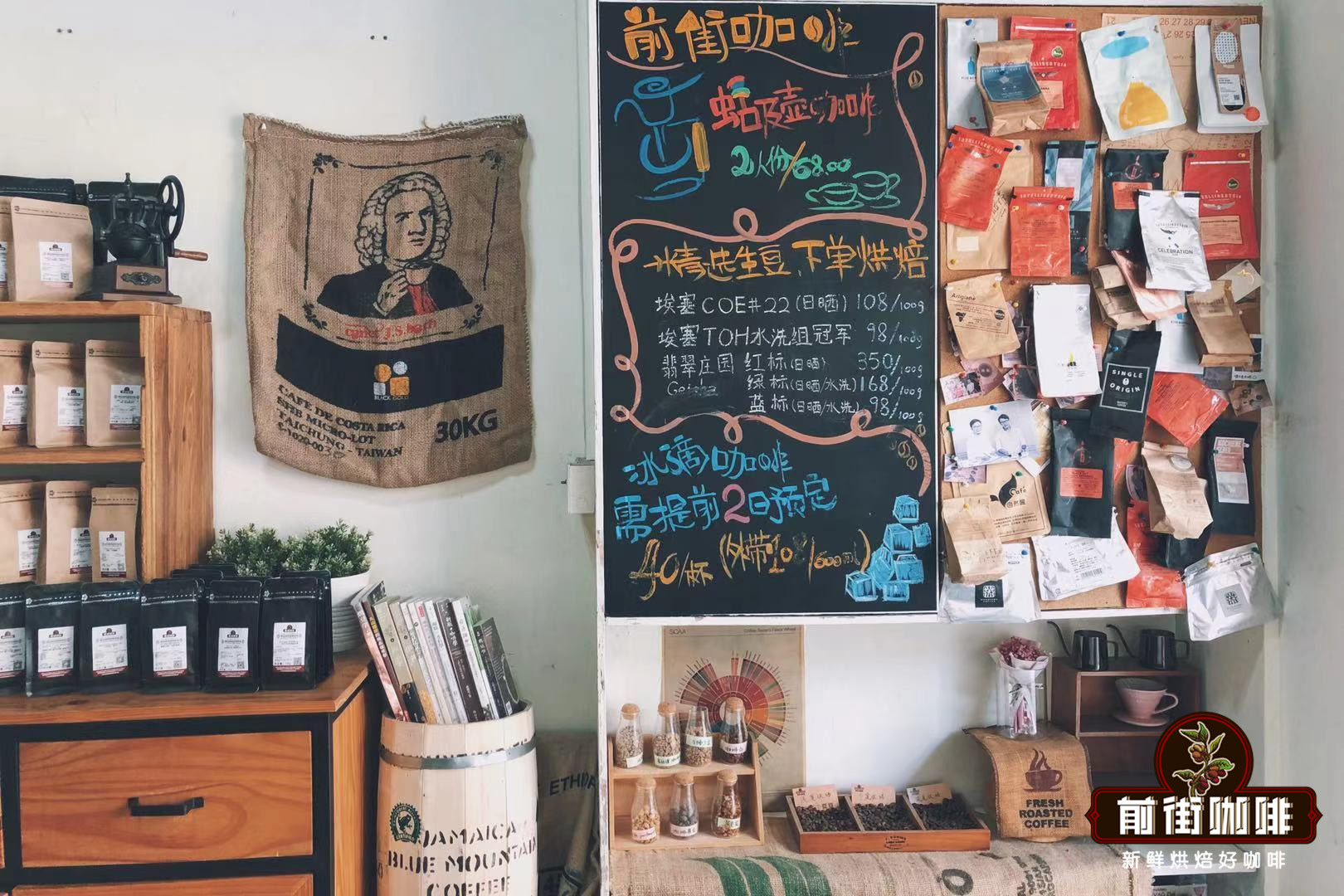Espresso is not espresso? Flavor differences among ristretto, espresso and lungo

Professional coffee knowledge exchange more coffee bean information please follow the coffee workshop (Wechat official account cafe_style)
Espresso _ espresso _ espresso
Recently, I heard a shopkeeper explain that their 'Ristretto is a more condensed espresso'. I couldn't figure it out when I heard it. (scratch your head. The use of the word concentration reminds me directly of removing water after extraction (ultra-low temperature + vacuum to remove all liquids, retaining only most of the soluble substances made of instant coffee should be a good example).
Think back to playing with Ross, extraction espresso/coffee shot, has adjusted the "grinding scale and extraction time" mainly (after all, the adjustment of water pressure is not as convenient as the machine like Strada) think about their own definition of the whole extraction method and the etymology still seems to be a little unclear, so think about it in this article.
In addition, I remember talking about this topic when chatting with Coffee Advanced B a long time ago, and he made me realize for the first time that the general Chinese translation of 'Italian concentrate' to espresso actually chose bad words.
Look at the 1884 Angelo Moriondo patent (or earlier 1852 Mayer and Delforge) to quickly make a coffee drink by heating the steam and passing the hot water through the ground coffee powder. (about the same period (in the second half of the nineteenth century, the Italian nation was founded and Northern Italy was industrialized, and it was felt that a new invention was built on fertile land with related nutrients).
Bezzera
In the early twentieth century, the word espresso (cafe é espresso) was introduced to the world by Luigi Bezzera and Desiderio Pavoni in 1906 Milan International. Espresso during this period has been able to serve a single drink, but the pressure is about 1.5-2.0 bar. Then until around World War II (1938 or 1945) Achille Gaggia installed the piston on the machine, so that the pressure of extraction can reach 10 bars and the result has the flavor of crema and burnt.
The main difference between overall, espresso and other extraction methods is pressure extraction.
Etymologically: espresso comes from the Italian word for "squeeze out"
"espresso (n.) coffee made under steam pressure, 1945, from Italian (caffe) espresso, from espresso" pressed out, "past participle of esprimere, from Latin exprimere" press out, squeeze out "(see express (v.1)). In reference to the steam pressure."
And: ristretto comes from the Italian word for "constraint, restriction".
"In Italian, ristretto means" restrict ", and it translates as such into your little demitasse cup. A ristretto is a restricted," shorter "version of an espresso: it uses less water and so makes a smaller drink. Depending on the cafe or barista's policies, the ristretto will be anything from 15 to 25ml. Because the ristretto is so small, most coffee shops choose to only offer double ristretto shots."-Perfect daily grind
Espresso/ristretto is indeed strong in taste intense, body is obviously strong strong, thick thick, but it does not have to be concentrated. In particular, because concentration is more reminiscent of the process of removing moisture, I also think it is somewhat misleading.
In many reference, recipe is explained in this way
Ristretto espresso: 15g powder, brew 15g drink, (ration 1:1-1:2)
Regular espresso: 15g powder, brew 30g drink, (ration 1:2-1:3)
Lungo espresso: 15g powder, brew 45g drink, (ration 1:3-1:4)
Without deliberately changing the extraction pressure, these three drinks can be obtained by extending the extraction time earlier->, or changing the grinding scale very fine-fine-slightly fine (decreasing the grinding scale will lead to a decrease in flow rate, so the amount of extraction will change at the same time).
In terms of flavor, we can use Barista Hustle's the espresso compass to think about it.

Coupled with the previous content rearrangement, espresso due to the innate way of production (high-pressure rapid extraction) lead to coffee grinding must be very fine, which leads to two characteristics, the first is the extraction results of cranma and brunt (not easy to see in other methods), and that the extraction time will have a greater impact on the final taste.
Assuming that the whole extraction method has been optimized (excellent powder distribution, good tamper, basket, etc.), the whole extraction process will be located in the third quadrilateral (with the larger green layer) at the top right of the image; the initial flavor will be the upper yellow block, and as the extraction time extends (or the grinding scale decreases), the taste will move from the upper left to the lower right, going through the green block and then to the red block.
Reflected in the previous classification, it should be the process from ristretto, through regular espresso, to lungo.
Reflected in the taste should be: overwhelming, sour, strong, through, sweet, balanced, fruity, transparent, to dry, bitter, watery. (of course, this must also be based on the characteristics of the bean itself, the taste that does not exist in itself cannot be changed by extraction.)
The Perfect daily grind website also explains (link) that different flavors will flow out at different times when extracting espresso. The simple concept is that the first is a mellow taste (mellow flavors) similar to the taste of ice wine, followed by sour, sweet and balance, and then bitter. Compared with regular espresso, ristretto has less bitterness and higher sweetness, while body is also stronger.
Well, it seems that what the shopkeeper is trying to say is overwhelming, strong and something like thick, but what I said is sour and sweet, unless they wear off the sour by roasting and the coffee is caramel sweet; and whether it's concentrated or not, the language inaccuracy brought about by translation is a problem.
Espresso Coffee extraction detailed steps Italian concentration common sense
Important Notice :
前街咖啡 FrontStreet Coffee has moved to new addredd:
FrontStreet Coffee Address: 315,Donghua East Road,GuangZhou
Tel:020 38364473
- Prev

Espresso= espresso? Do you know the misunderstanding in the Chinese translation of coffee nouns?
Professional coffee knowledge exchange more coffee bean information please follow the coffee workshop (Wechat official account cafe_style) espresso _ espresso coffee is a very new product for all mankind. No one on the earth drank coffee just 900 years ago. Compared with wine and tea with a history of thousands of years, we can see human roasting, brewing, and drinking.
- Next

How many milliliters of one Espresso espresso? what's the difference between a 1shot concentrate and a double concentrate?
Professional coffee knowledge exchange more coffee bean information please follow coffee workshop (Wechat official account cafe_style) espresso _ espresso sometimes, when we hear a guest say: I want a cup of Espresso, how often do we ask: excuse me
Related
- Beginners will see the "Coffee pull flower" guide!
- What is the difference between ice blog purified milk and ordinary milk coffee?
- Why is the Philippines the largest producer of crops in Liberia?
- For coffee extraction, should the fine powder be retained?
- How does extracted espresso fill pressed powder? How much strength does it take to press the powder?
- How to make jasmine cold extract coffee? Is the jasmine + latte good?
- Will this little toy really make the coffee taste better? How does Lily Drip affect coffee extraction?
- Will the action of slapping the filter cup also affect coffee extraction?
- What's the difference between powder-to-water ratio and powder-to-liquid ratio?
- What is the Ethiopian local species? What does it have to do with Heirloom native species?

